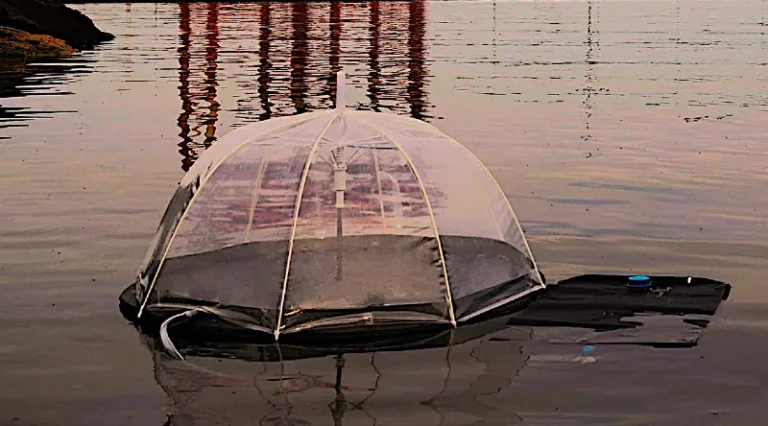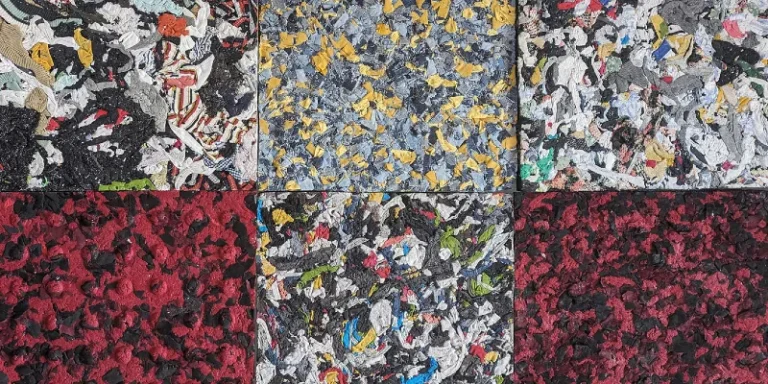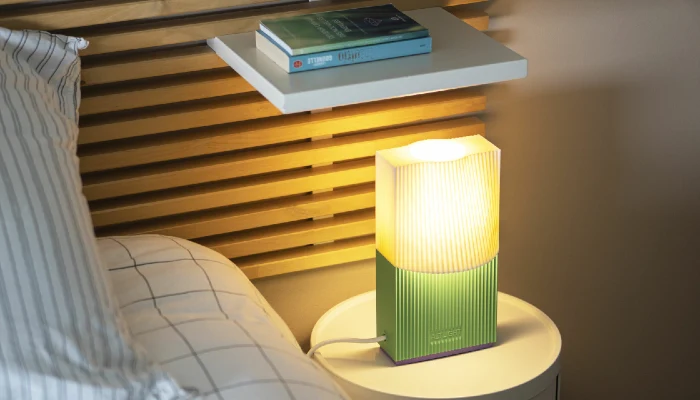Imagine walking into a room lit by a lamp that whispers tales of blockbuster movies it once screened. In a world drowning in waste, South Korean designer Haneul Kim, in a collaboration with CGV, South Korea’s leading movie brand, is turning the spotlight on sustainability. His groundbreaking project, repurposing discarded movie screens into elegant interior products, is a testament to the power of upcycling.
These mammoth movie screens, often stretching several meters, are routinely discarded due to damage, contamination, or theater renovations. It’s a colossal waste problem. But where others see trash, Haneul Kim saw a canvas brimming with potential.
The moment of inspiration for Kim struck in the unlikeliest of places: the perforations in the screens, reminiscent of aluminum plates used in industrial settings. This sparked the ingenious idea of transforming these screens, once used for sound transmission, into sources of light emission. Enter the series of portable lamps, an innovative design where light dances through the tiny holes in the screens, turning what was once waste into enchanting sources of illumination.

Haneul Kim’s Waste Screen Recycle project isn’t just about lighting up rooms; it’s a tribute to design history. It nods to the iconic Shogun lamp by legendary designer Mario Botta, known for its precise geometry and perforated design that diffuses light with grace. Kim’s creations reimagine waste screens as modern lampshades, marrying sustainability with design aesthetics. This is more than upcycling; it’s about redefining waste as a cornerstone of contemporary design.

But why stop at lighting? Kim extends this vision to furniture, crafting tables and chairs that bear the unique imprints and patterns of the original movie screens. Each piece is a story, a snippet of cinematic history, reimagined as functional art.

This project is a bold statement in the design world, challenging the norms of material usage. It’s a call to action, urging us to see the hidden value in what we discard. In 2019 alone, the global waste generated reached a staggering 2.01 billion tons, with only a fraction being recycled. Haneul Kim’s project is a beacon of hope in this dire landscape, demonstrating the vast potential of repurposing materials creatively and sustainably.

Haneul Kim’s innovative approach isn’t just about making beautiful objects; it’s about instilling a sense of responsibility towards our environment. It showcases how design can be a powerful tool in addressing waste management issues, particularly in industries like entertainment where waste is rampant yet often overlooked.
How is This More Sustainable?
The sustainability of this project lies in its core concept: repurposing waste into functional and aesthetic products. Traditional lampshades and furniture pieces often require new materials, contributing to resource depletion and environmental impact. By contrast, Kim’s use of discarded movie screens significantly reduces the need for new resources. The production process is inherently more sustainable as it involves transforming existing materials rather than creating new ones from scratch. This approach not only conserves resources but also reduces landfill waste, making it a double win for the environment.
The choice of materials also plays a crucial role. The screens, primarily made of PVC, are durable and have a long lifespan, making them ideal for reuse. Their transformation into interior products extends their lifecycle, which aligns with the principles of a circular economy, where the value of products and materials is maintained for as long as possible.

Connecting with the Audience
This initiative resonates deeply with a growing global consciousness around sustainability. It speaks to those who seek to merge their aesthetic sensibilities with their environmental values. Each lamp or furniture piece tells a story, connecting the user not just to the object’s functional aspect but also to its past life and the broader narrative of sustainability.
More To Discover
In the end, Haneul Kim’s project is much more than a collection of interior products. It’s a bold statement in the world of design, an invitation to rethink our relationship with waste. It’s a shining example of how creativity and sustainability can go hand in hand, transforming discarded materials into objects of beauty and utility. As we forge ahead in our quest for sustainable living, let’s take inspiration from such innovative endeavors that light the way to a greener future.
Meet The Designer: Haneul Kim
Born and based in Seoul, South Korea, Haneul Kim is a young and up-and-coming Korean designer who has risen rapidly since the Covid-19 outbreak. During the pandemic, Kim chose to use disposable masks as his material. He is a designer who focuses more on communicating his message through his work than on the attention-grabbing beauty of the form itself.
















